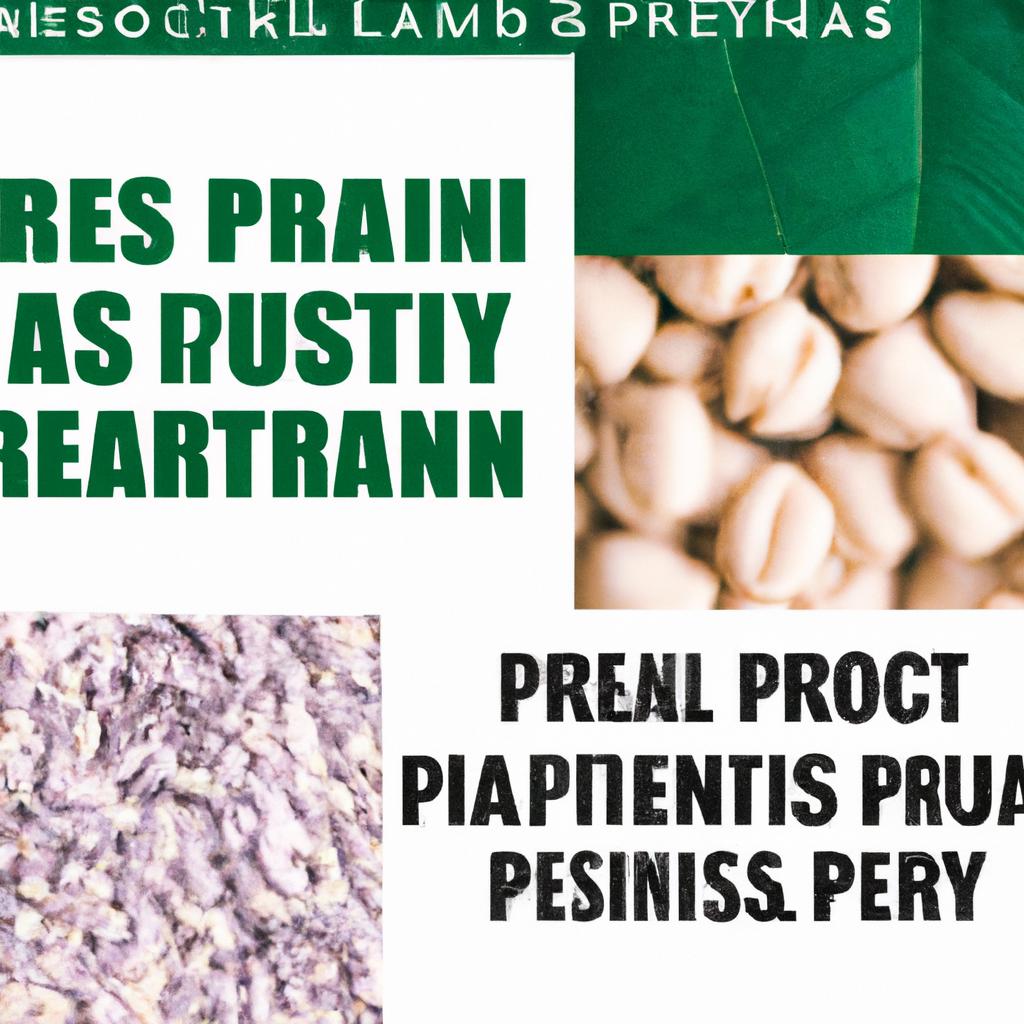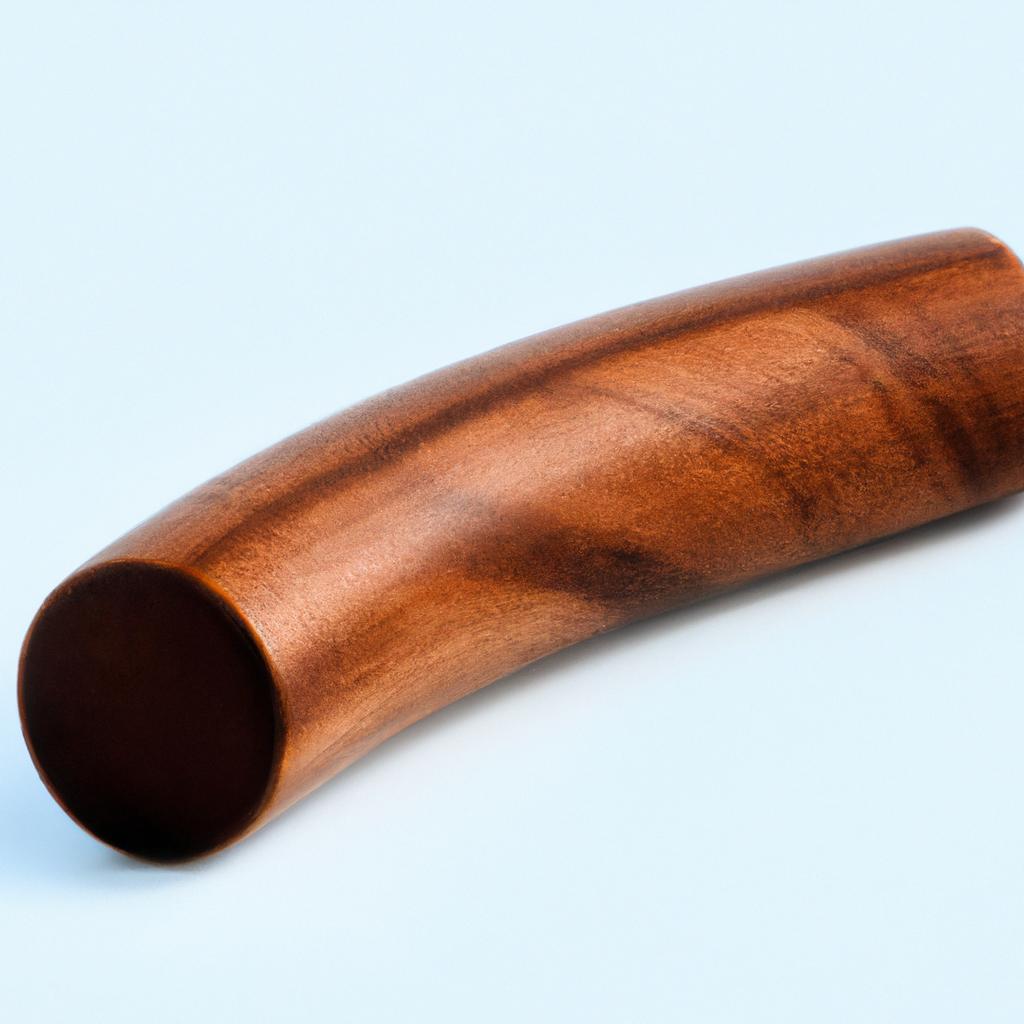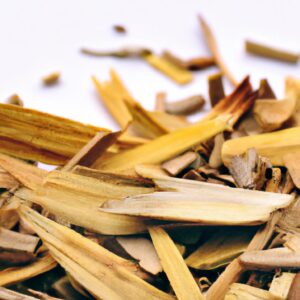**”The Role of Plant-Based Protein Sources in Enhancing Muscle Recovery: Comparing Pea, Hemp, and Brown Rice Proteins”**
# The Role of Plant-Based Protein Sources in Enhancing Muscle Recovery: Comparing Pea, Hemp, and Brown Rice Proteins
As the fitness world evolves, so does our understanding of nutrition, particularly the role of protein in muscle recovery. Traditionally dominated by animal-based sources, protein supplementation is now increasingly embracing plant-based options. Among these, pea, hemp, and brown rice proteins have emerged as popular choices among athletes and health enthusiasts. Each of these plant proteins possesses unique characteristics that can enhance muscle recovery, making them worthy of comparison. In this blog post, we will explore the nutritional profiles, benefits, and best practices for incorporating these protein sources into your fitness regimen.
## Nutritional Profiles of Plant-Based Proteins
### Pea Protein
Pea protein is derived from yellow split peas and is celebrated for its high protein content, typically containing around 20-25 grams of protein per 30-gram serving. It is rich in branched-chain amino acids (BCAAs), especially leucine, which plays a crucial role in muscle synthesis. Additionally, pea protein is easy to digest, making it a favorable option for athletes who might experience gastrointestinal issues with other protein sources.
### Hemp Protein
Hemp protein is sourced from hemp seeds and contains approximately 15-20 grams of protein per 30-gram serving. This protein source is unique because it is also rich in omega-3 and omega-6 fatty acids, providing anti-inflammatory benefits that can aid in recovery. Moreover, hemp protein contains all nine essential amino acids, making it a complete protein, although it is lower in lysine compared to other sources.
### Brown Rice Protein
Brown rice protein is made from brown rice and offers about 20-25 grams of protein per 30-gram serving. While it is not a complete protein on its own due to its low lysine content, it is a fantastic option for those looking to blend protein sources. When combined with other proteins, such as pea protein, it can provide a balanced amino acid profile.
## Nutrition Tips for Optimal Recovery
– **Combine Protein Sources**: To maximize the recovery benefits, consider combining different protein sources. For instance, mixing pea and brown rice proteins can yield a well-rounded amino acid profile.
– **Timing Matters**: Consume protein within 30 minutes post-workout to optimize muscle repair. This is often referred to as the “anabolic window,” where muscles are most receptive to nutrient uptake.
– **Hydrate Effectively**: Along with protein, ensure you are adequately hydrated. Water plays a vital role in nutrient transport and recovery.
## Exercise Advice for Muscle Recovery
– **Incorporate Strength Training**: Engaging in resistance training is essential for stimulating muscle growth and recovery. Aim for a balanced routine that targets all major muscle groups.
– **Rest Days Are Crucial**: Allowing your muscles time to recover is just as important as the workouts themselves. Schedule rest days to promote muscle healing and growth.
– **Listen to Your Body**: Pay attention to how your body responds to different types of workouts and recovery strategies. Adjust your protein intake and exercise routine based on your individual needs.
## Health Benefits of Plant-Based Proteins
### Anti-Inflammatory Properties
Both hemp and pea proteins contain anti-inflammatory compounds that can help reduce muscle soreness and speed up recovery. This is particularly beneficial for athletes who engage in high-intensity training.
### Digestive Health
Plant-based proteins are often easier to digest than animal proteins, reducing the risk of bloating and discomfort. Many plant proteins also contain fiber, which supports digestive health.
### Heart Health
Hemp protein, with its rich omega fatty acid content, supports cardiovascular health. These healthy fats can help lower cholesterol levels and improve overall heart function.
### Nutrient Density
Plant-based proteins often come with a host of additional nutrients, including vitamins, minerals, and antioxidants, making them a more nutrient-dense option compared to some animal-based proteins.
## Conclusion
Incorporating pea, hemp, and brown rice proteins into your diet can significantly enhance muscle recovery and overall health. Each protein source offers unique benefits, from easy digestibility and anti-inflammatory properties to essential amino acids and heart-healthy fats. By combining these plant-based proteins and adhering to proper nutrition and exercise strategies, you can optimize your muscle recovery and support your fitness goals. Embracing these plant-based options not only aligns with a more sustainable lifestyle but also promotes a well-rounded approach to nutrition for muscle recovery.















Post Comment